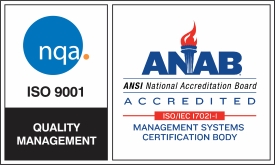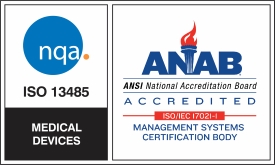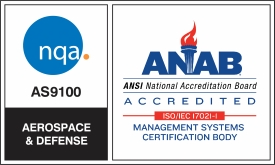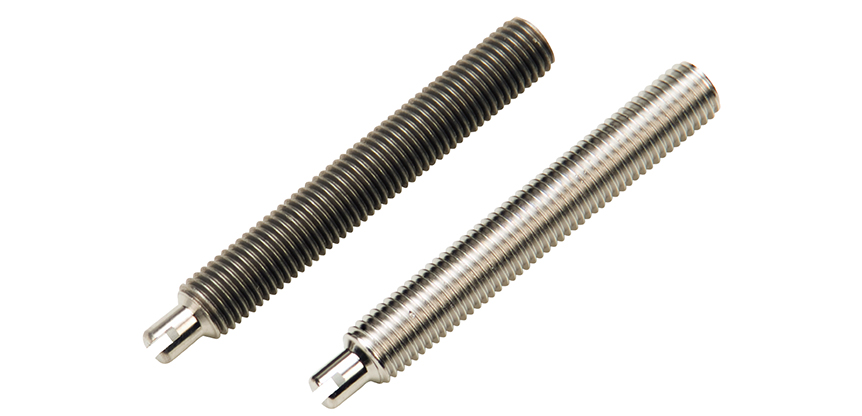Passivation is a widely used chemical finishing process to remove contaminants and improve the corrosion resistance of metal parts, including stainless steel and alloys like Nitinol and titanium. While passivation can be effective for many parts, for certain parts and applications, other methods may provide superior results. 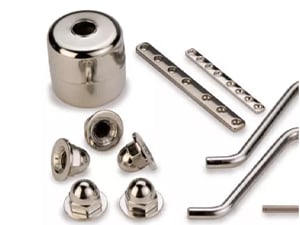
Passivation is a chemical process for cleaning the surface of stainless steel and various alloys. It is typically performed to remove the ferrous contaminants left behind by stamping, turning, grinding, cutting and other machining operations.
It has the added benefit of leaving parts with improved corrosion resistance..
Here is an overview of the process and the benefits it can provide.
The Passivation Process
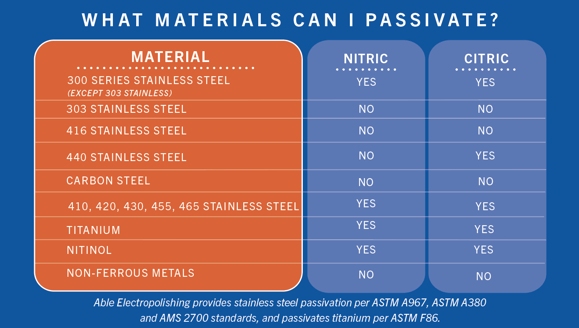
During passivation, stainless steel parts are placed into a basket and submerged into a nitric or citric acid bath. A more aggressive alternative, nitric can often achieve more effective results. As a more environmentally friendly process with a reduced risk of flash attack, however, citric acid is often specified.
Depending on the alloy being passivated, the acid concentration, temperature and time are adjusted to remove free iron and other contaminants on the part’s surface.
This chemical treatment, while limited in its compatibility with metal alloys, protects metal parts by creating a chromium rich, passive surface layer that leaves parts with improved resistance to corrosion.
At Able Electropolishing, our passivation processes are certified in accordance with ASTM A967, AMS 2700, ASTM A380, and ASTM F86.
Drawbacks of Passivation
While passivation can be an effective option for some applications, it does not improve the surface finish of metal parts. Passivation does not remove scale, or discoloration in the heat-affected zone for welded or brazed components. Castings are often difficult to passivate because they are porous and entrap acid.
If the design includes crevices, rolled lips, and other potential sites for entrapment of acid, rinsing can also be problematic for some passivated parts. Some intricate or delicate parts may not be appropriate for bulk processing and may require racking or placement in carriers.
While passivated parts undergo surface cleansing, passivation does not remove surface material.
Electropolishing: A Superior Alternative
Electropolishing is often a more effective alternative to passivation – with the added benefit of leaving parts passivated in the process. By removing the outer skin of the metal surface, electropolishing removes embedded contaminants and microdefects that can become initiation sites for corrosion. As a result, electropolishing leaves parts with 30 times more corrosion resistance than passivation alone.
Electropolishing combines a chemical bath with an electric current that precisely removes a uniform layer of surface material from the part, eliminating contaminants, microcracks, microburrs, jagged edges and more. Electropolishing can eliminate the need for additional metal finishing processes like hand deburring, tumbling, blasting and other mechanical processes. Able Electropolishing is certified under ASTM B912 standards which incorporate the requirements for passivation as well.
In addition, Able’s Electropolishing processes include proprietary chemical formulations, customized tooling and robotic automation for unmatched precision and consistency, no matter the size, shape, or intricacy of the part.
Other benefits of Able Electropolishing processes include:
- Microfinish (Ra) Improvement of up to 50%
- Material removal with microscopic precision
- Proprietary tooling for highest quality results
- Industry leading prototyping process
An Electropolishing & Metal Finishing Industry Pioneer
Whether you need electropolishing, passivation or metal finishing expertise to help you determine how to achieve the best results for your part, Able Electropolishing can provide you with the knowledge, prototyping, precision and reliable results you need.
As an industry pioneer, we have honed our processes over six decades of innovation and collaboration with engineers in industries where there is no room for error.
Reach out to a member of our team to learn why we are the partner of choice for so many of them. You can also schedule a complimentary technical review session to determine the right metal finishing method for your part.
